Much lore surrounds the hill, ranging from apparitions of a grey ghostly horse, a big black dog with blazing eyes, and a hold hag with bundles of faggots gliding towards the Holy Well. It is said the well was originally dedicated to St. Werburgh, a Saxon princess who ruled in 689 C.E.
Irish Holy Wells
Holy Wells and Sacred Springs in Ireland or surrounded by Irish Folklore.
Ladyswell (Cashel, Ireland)
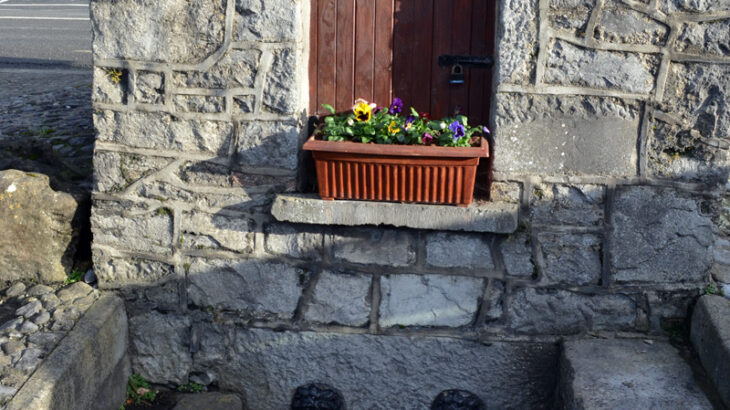
his little housed well is called “Ladyswell” and its well house was built in honour of the Virgin Mary. It was a place of pilgrimage until the end of the 19th century and was also the site of the Fair Green of Cashel, a town fair held every March and June for over 1500 years.
Holy Well of Shanrahan (Glengarra Woods, Co. Tipperary, Ireland)
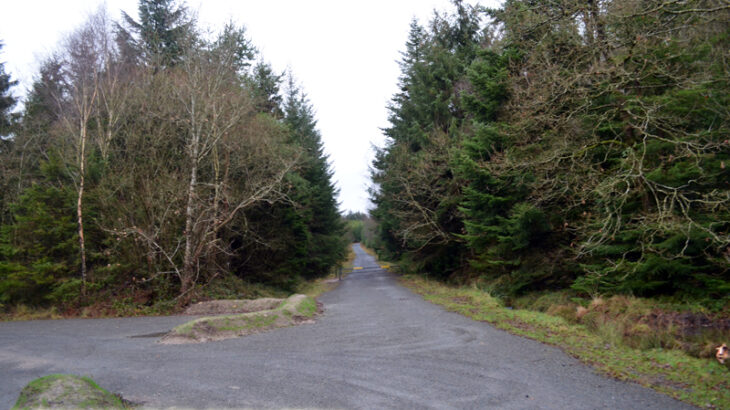
ccording to the Folklore Archive Collection at UCD, the Holy Well of Shanrahan in Shanbally Demesne (ethnographic research from W. Flynn, Poundlane, Clogheen age 80) recently changed names from the “Holy Well of Shanbally” to “St. Malachis Well”. An older woman referred to the well as “Tobar upnai Ceasra” and it was known as a well to be visited every Holy Saturday and Easter Sunday.
St. Sylvester’s Well (Malahide, Ireland)
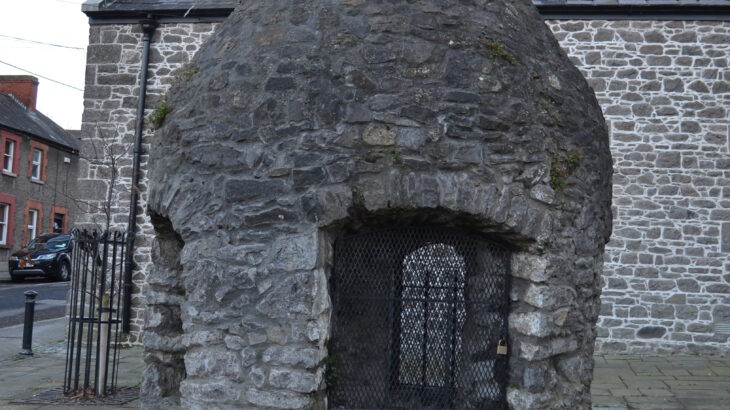
In the heart of Malahide sprung forth a natural spring that provided water for residents in this area since prehistoric times. By the historic era, it was well protected and revered as a holy well in addition to being the source of sustenance for the fisherman village. This well is found along the old Main Street in Malahide, which was later called Chapel Street, then Old Street.
St. Doulagh’s Well (Fingal/Swords, Ireland)
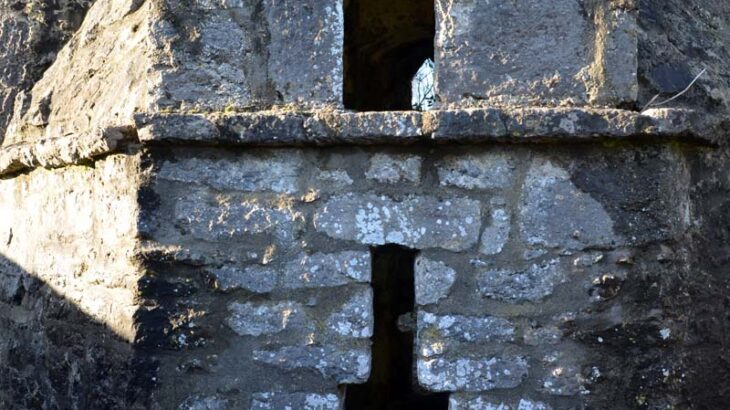
A brilliant fortified well that is attached to a chapel is St. Doulagh’s well in north Dublin County in Fingal near Malahide and Swords. Originally a Pagan spring/well-named Bethesda’s sacred pool, this was yet another glorified takeover by Christianity of Pagan sites and named after Saint Doulagh.
Feltrim Hill and Well

There once was a historic village named Feltrim at the base of the ancient monumental hill known as Feltrim Hill. Here there was also a sacred spring turned holy well that once held legends and lore of its own. These all no longer exist as half of the hill is gone, quarrying destroying much of its heritage.
The Highfield Holy Well (near Swords, Ireland)
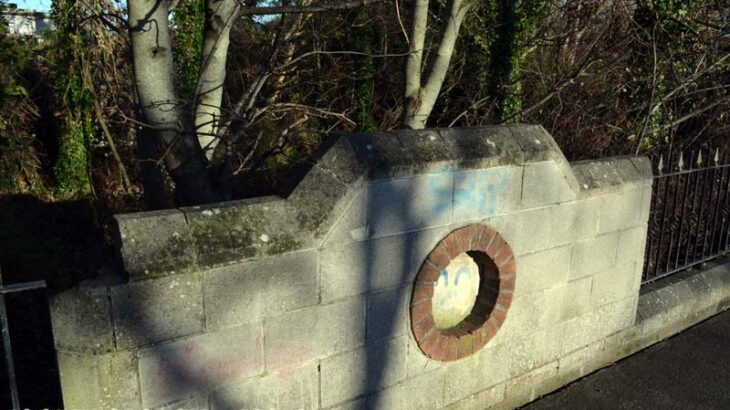
As common a name as many across the Irish landscape of “Our Lady’s Well” or simply “Holy Well”, a term given to most holy wells during their Christianization and dedication to the Virgin Mary before being assigned to a given Saint, this holy well is no different. In addition, as with many holy wells, it is no longer extant as a well demolished by means of residential construction.
St. Werburgh’s Well (Swords, Ireland)
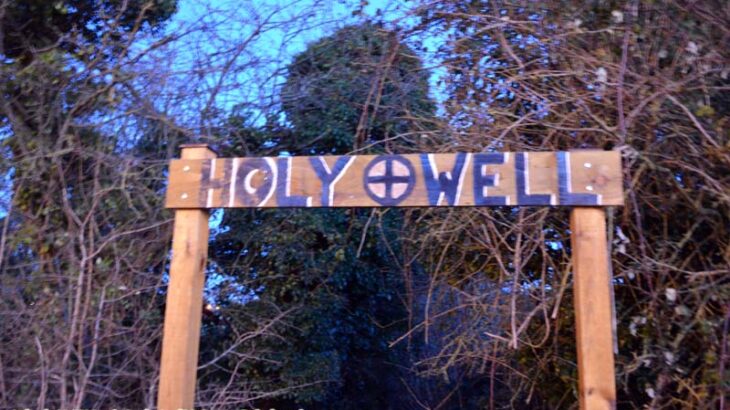
A well found just down the slope from the Kellogg company in the Finlay/Swords area of Dublin county. Just beside the Airside retail park in the holy well section.
St. Colmcille’s Well (Swords, Ireland)
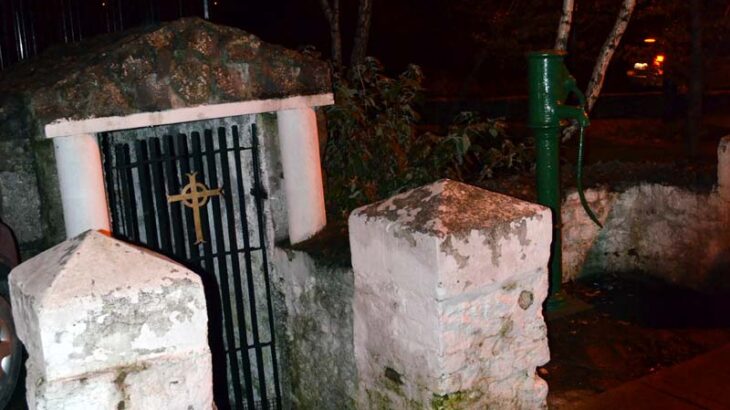
This is the infamous holy well that “Swords” was named after. It was here that St. Colmcille came in 560 C.E., remarked of its clear or pure waters (Irish: Sord), and blessed the waters making it a holy well. The water was so clear that it was described as being almost invisible and was renowned for its curative properties for sore eyes.
Rag Trees and Money Trees
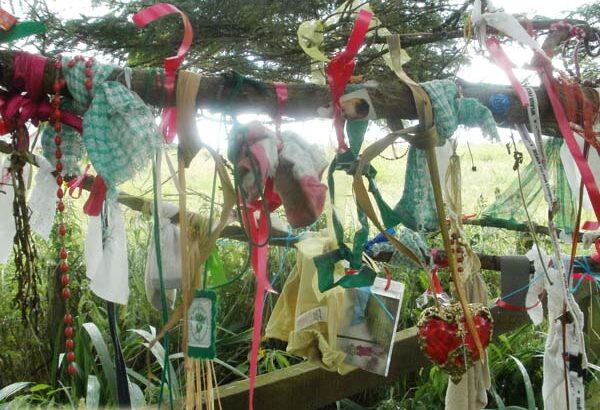
“Wishing Trees” are very common throughout Ireland, England, and Scotland. They are usually individual trees upon which “folk magic”, “folk spells”, “faerie offerings”, or “prayers” are offered. Sometimes it is particular to a specific species, where the tree lives, or how it looks.